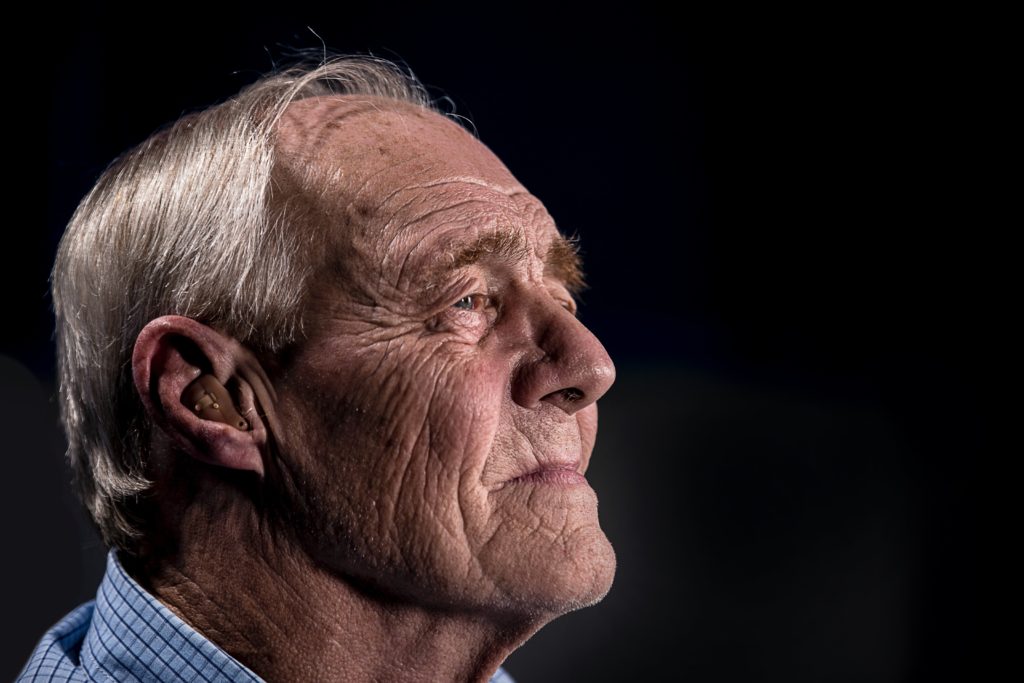Part I of II
One in seven senior citizens nationwide falls victim to some type of elder abuse, usually at the hands of a family member. The abuse can be financial, physical, or psychological and the consequences can be deadly. Statistics suggest that abused and exploited seniors die sooner than other seniors their age. Despite such devastating consequences, most elder abuse goes unreported because of fear or lack of knowledge. If you have been abused, you may be afraid of what might happen if you tell someone. If you suspect that an elderly neighbor or friend is being abused, you may not know where to turn for assistance.
(REPORT ELDER ABUSE: PA Dept of Aging 24 Hotline 1-800-490-8505)
Elder abuse is the use of power or control to affect the well-being and status of an older individual. The World Health Organization considers elder abuse as a single, or repeated act, or lack of appropriate action, occurring within any relationship where there is an expectation of trust which causes harm or distress to an older person. The core feature of this definition focuses on harm which includes mistreatment by people the older person knows or with whom they have a relationship, such as spouse, partner, or family member, a friend or neighbor, or people that the older person relies on for services.
There are several types of elder abuse that are universally recognized:
- Physical: hitting, punching, slapping, burning, pushing, kicking, restraining, false imprisonment, confinement, giving too much or the wrong medication.
- Psychological/Emotional: shouting, swearing, frightening, blaming, ridiculing, constantly criticizing, ignoring, or humiliating a person. A common theme is identifying something that matters to an elder and then using it for coercion.
- Financial: illegal or unauthorized use of a person’s property, money, or other valuables (including changing the person’s will to name the abuser as heir), often fraudulently obtaining power of attorney, followed by deprivation of money or other property, or by eviction from own home.
- Sexual: forcing a person to take part in any sexual activity without consent, including forcing them to unwillingly participate in conversations of a sexual nature.
- Neglect: depriving a person offood, heat, clothing, comfort, or essential medication.
- Rights Abuse: denying the civil and constitutional rights of an elder who was not declared by court to be mentally incapacitated.
- Self-neglect: elderly persons neglecting themselves by not caring about their own health or safety.
Each different type of elder abuse has specific signs. Below are some indicators that you need to be aware of and may recognize when involved personally or professionally with an elderly person:
- Physical: Overt signs of physical trauma: scratches, bruises, cuts, burns, punctures, choke marks; signs of restraint trauma: rope burns, gag marks, welts; repeated, unexplained injuries: sprains, fractures, detached retina, dislocation, paralysis; inconsistent explanations of these injuries; repeated time lag between injury and medical treatment.
- Psychological/Emotional: Caregiver misbehavior that you witness: threatening, belittling, or controlling; behavior from the elder that mimics dementia: rocking, sucking, mumbling to oneself; other psychological signs: ambivalence, deference, passivity, shame, anxiety, depression, hopelessness, helplessness, suicidal thoughts, confusion, disorientation; behavioral signs: trembling, clinging, cowering, lack of eye contact, evasiveness, agitation, hyper-vigilance.
- Financial: Unusual banking activity: large withdrawals during a brief period of time, switching accounts from one bank to another, ATM activity by a homebound elder, signatures on checks and other documents do not match the signature of the older person, addition of names to senior’s signature card; suspicious changes in financial documents: wills, power of attorney, titles, and policies; items or cash missing from senior’s household: jewelry, art, furs; elders living situation not commensurate with size of elder’s estate: lack of new clothing or amenities, unpaid bills, lack of medical care.
- Sexual: Bruises: breasts, genitals; unexplained diseases or infections: venereal, genital; unexplained bleeding: vaginal, anal; underclothing: torn, stained, or bloody.
- Neglect by caregivers or self-neglect: Signs of malnourishment and dehydration: weight loss, sunken eyes, extreme thirst; untreated physical problems: e.g. bed sores; unsanitary or unsafe living conditions: dirt, bugs, soiled bedding and clothes, no heat or running water, faulty electrical wiring, other fire hazards; evidence that personal care is lacking or neglected: being left dirty or not bathed, unsuitable clothing or covering for the weather
- Rights Abuse: Caregiver withholds or reads elder’s mail; caregiver intentionally obstructs the older person’s religious observances: dietary restrictions, holiday participation, visits by minister, priest, or rabbi; caregiver has removed all doors from the older adult’s rooms.
Read “Health & Exercise Forum” next week to discuss the risk factors and interventions for elder abuse.
Read “Health and Exercise Forum” by Dr. Paul J. Mackarey every Monday in The Scranton Times-Tribune.
Read all of Dr. Mackarey's articles at: https://mackareyphysicaltherapy.com/forum
Dr. Mackarey is a doctor of orthopedic and sports physical therapy with offices in downtown Scranton. He is an associate professor of clinical medicine at GCSOM.

